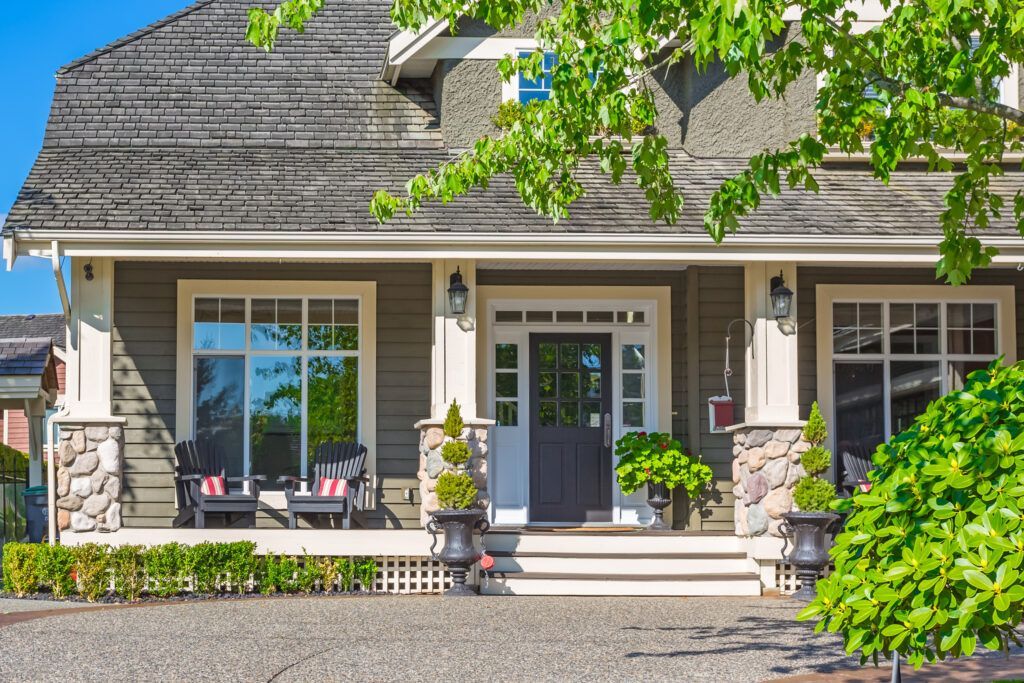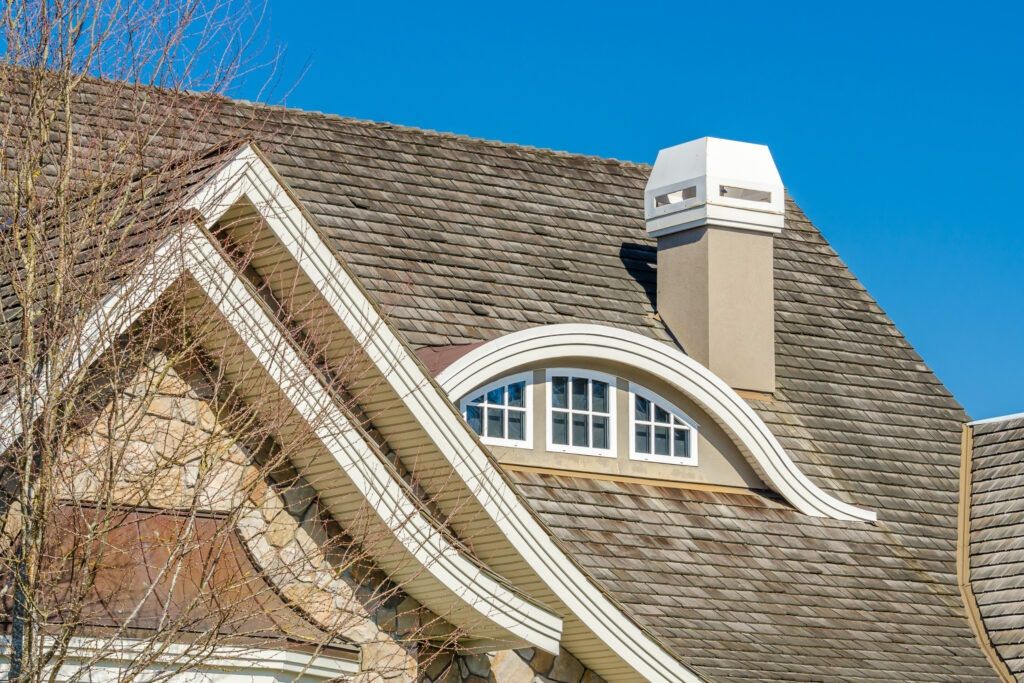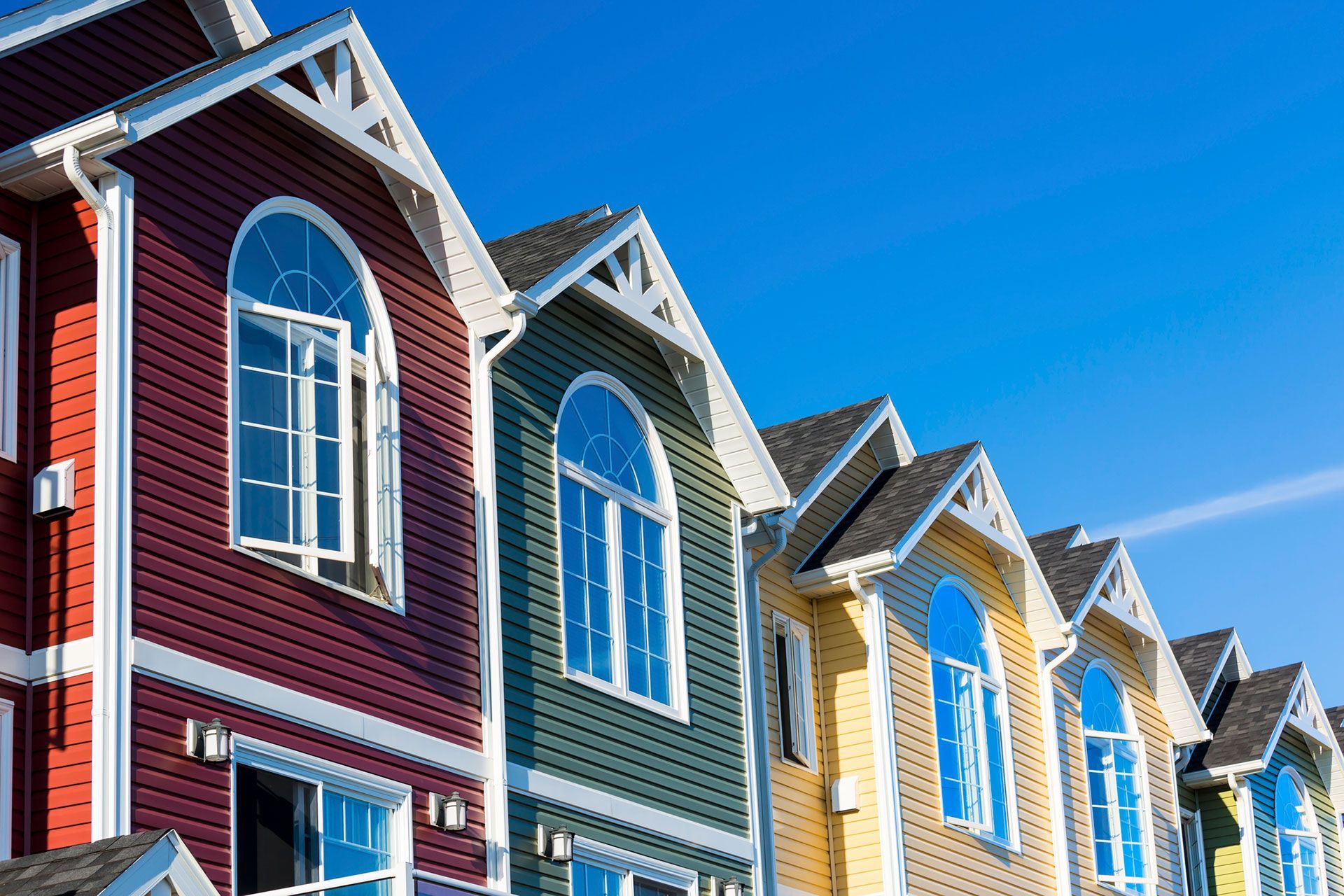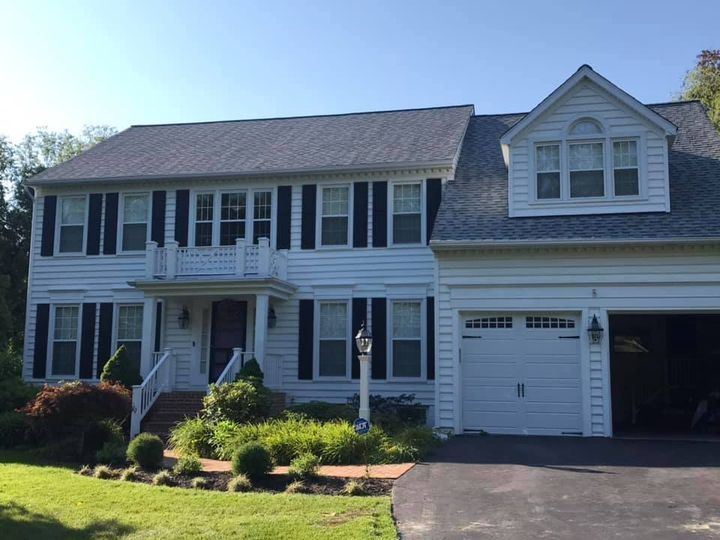See Our Previous Posts

Roofing, Siding, Windows - Baltimore, MD | We have your home covered.
From Energy.gov Windows can be one of your home’s most attractive features. Windows provide views, daylighting, ventilation, and heat from the sun in the winter. Unfortunately, they can also account for 10% to 25% of your heating bill by letting heat out. During the summer, your air conditioner must work harder to cool hot air

Roofing, Siding, Windows - Baltimore, MD | We have your home covered.
From Consumer Reports This week’s early snowfall in South Dakota and Canada is a reminder that the rest of us should get ready for what the Farmers’ Almanac predicts will be a rough winter. One of the most vulnerable parts of your house is the roof, which can sustain damage from wind, snow, ice, heavy

Roofing, Siding, Windows - Baltimore, MD | We have your home covered.
From This Old House Homeowners have long used exterior color and accent details to refresh the style of a lived-in home or to make a new house their own, rightly reasoning that the exterior represents the individual or family living inside. Color preferences tend to vary geographically, with deeper colors growing in popularity in the


